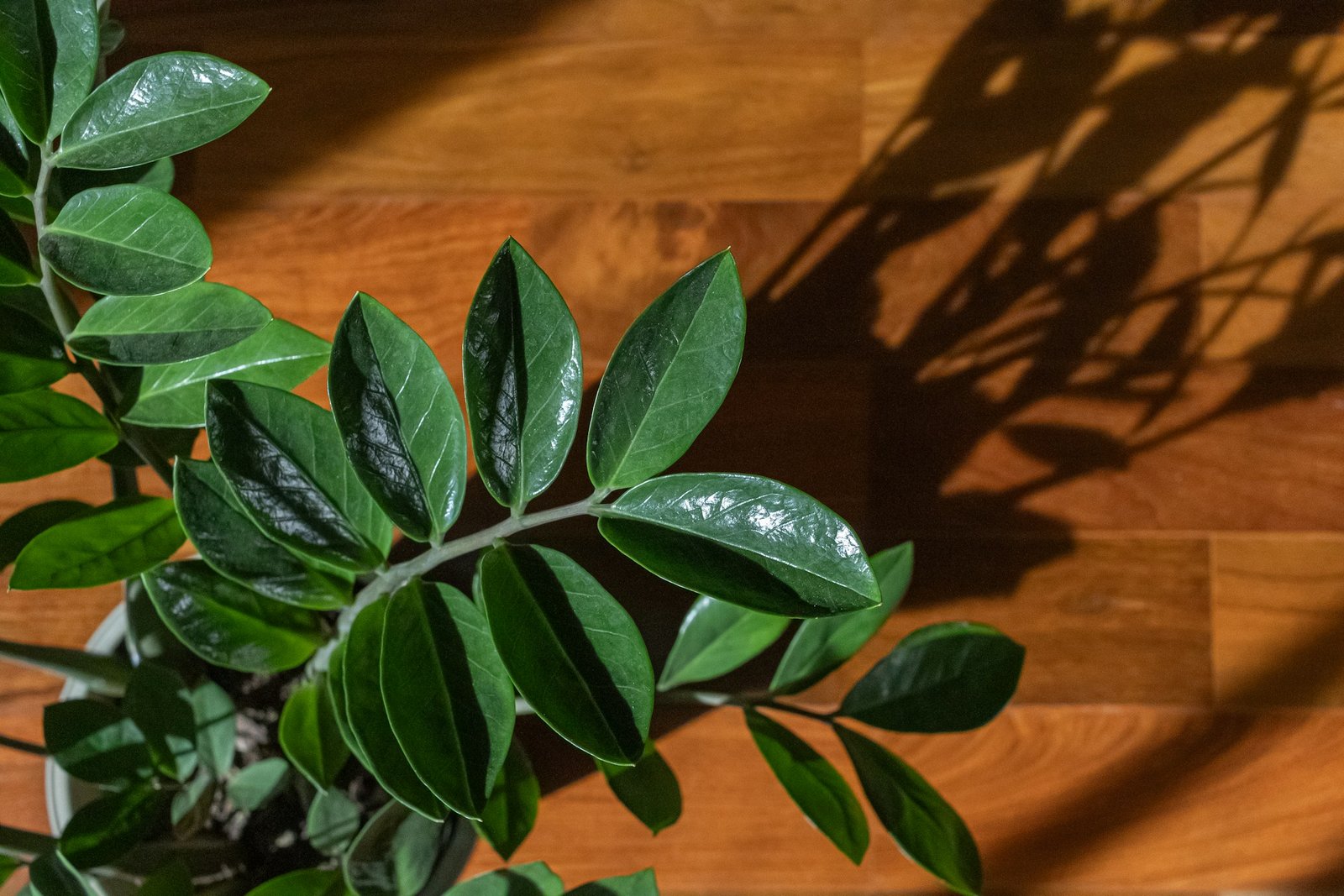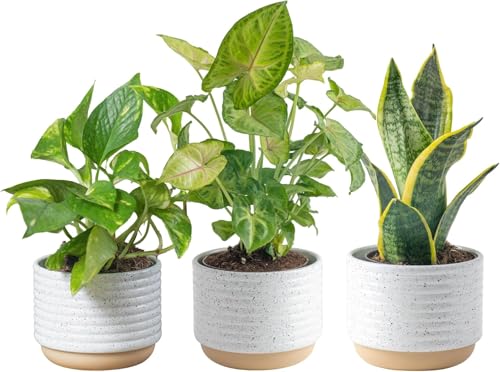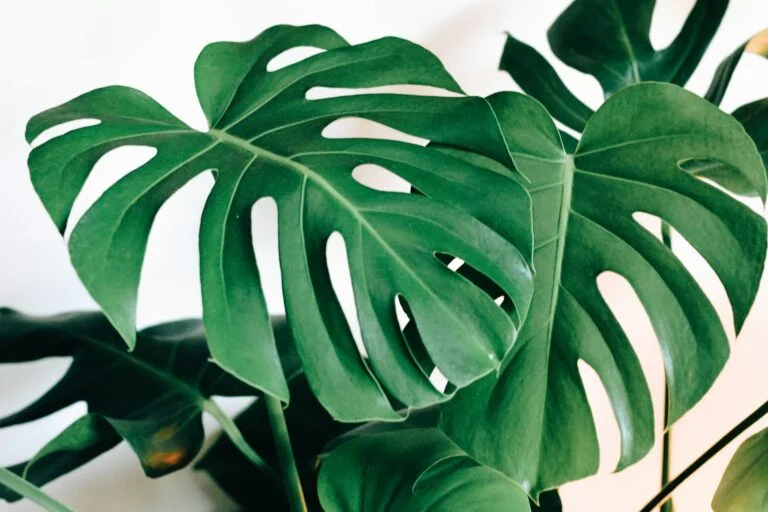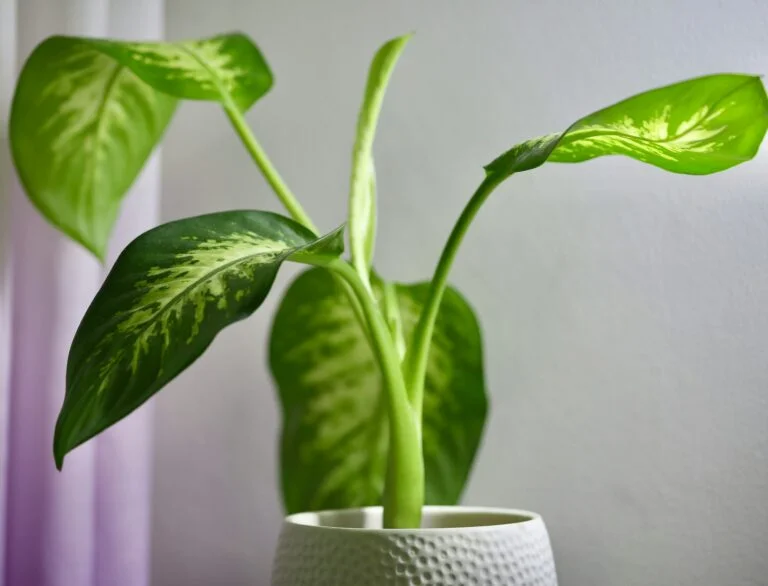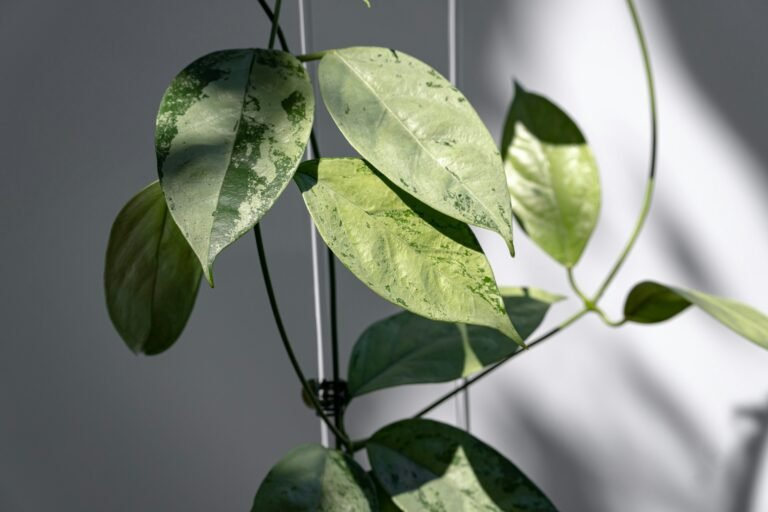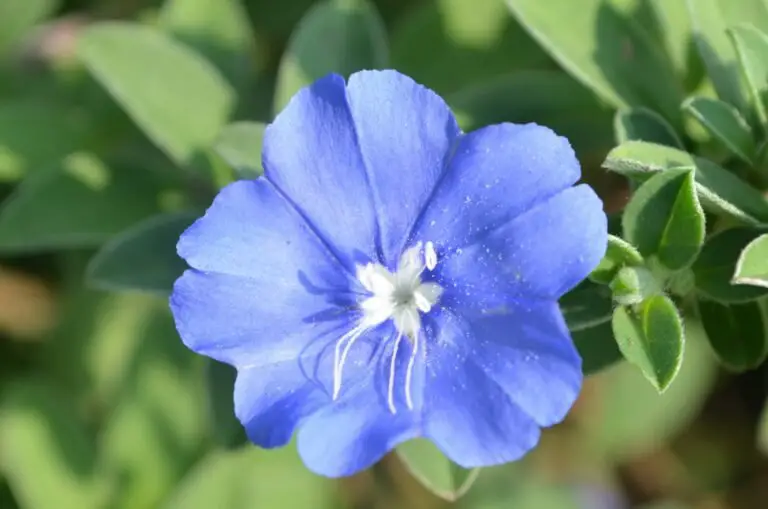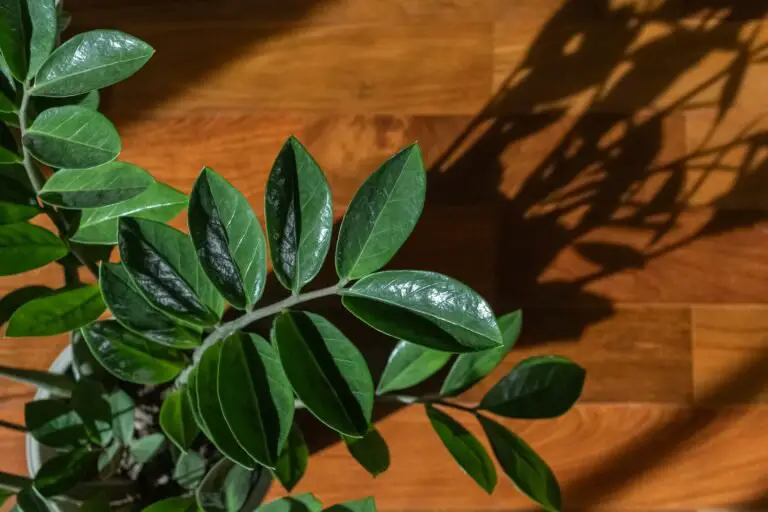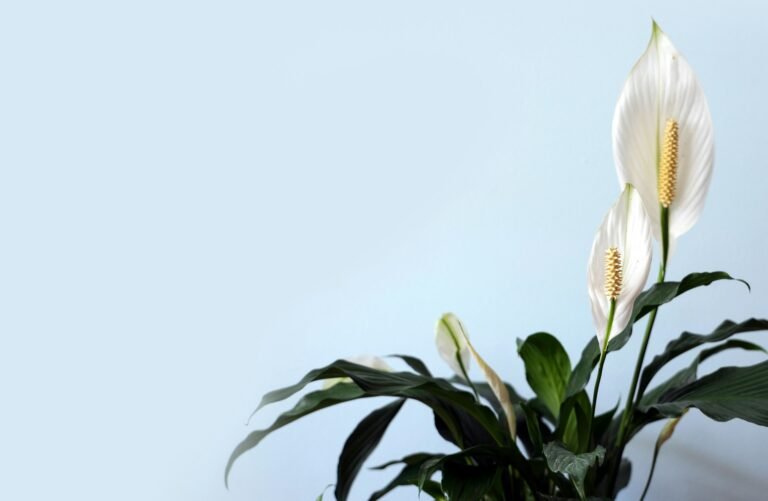ZZ Plant Care Guide: The Unkillable Houseplant You Need
Want a plant that thrives on neglect? A plant that basically laughs in the face of your “black thumb” reputation? Meet the ZZ Plant (Zamioculcas zamiifolia). This isn’t just a houseplant; it’s the undisputed champion of low-maintenance, high-impact greenery.
Seriously, if you’ve ever killed a cactus (don’t worry, your secret’s safe with me), the ZZ plant is your redemption. It’s chic, it’s architectural, and it’s so easy to care for, it practically cares for itself. We’re about to show you why this leafy legend is a must-have, how to keep its waxy leaves gleaming, and how to avoid the only way you’re likely to mess it up.
What Makes It Special (or Popular)
The ZZ Plant is the ultimate “set it and forget it” houseguest. It’s the plant equivalent of that effortlessly cool friend who always looks good with zero effort. Its popularity exploded because it truly is almost impossible to kill. Key features include:
- Extreme Drought Tolerance: It stores water in its thick rhizomes (underground stems) and fleshy leaves.
- Low Light Tolerant: It’s perfectly happy in dimmer corners where other plants would shrivel.
- Sleek Aesthetics: Its upright, glossy, dark green leaves give any space a modern, clean look.
- Air Purifying: Like its resilient cousin, the Snake Plant, it also helps clean your indoor air.
It’s the perfect plant for busy people, frequent travelers, or anyone who just wants green without the fuss.
Light Requirements
Here’s the deal: the ZZ plant is the king of versatility when it comes to light. It tolerates low light remarkably well. Seriously, it will survive in a cubicle with no natural light. However, like most plants, it prefers to be a bit happier.
- Ideal: Medium to bright, indirect light. Think a few feet away from a sunny window or in a room with a decent amount of ambient light.
- Avoid: Direct, scorching sun. While it’s tough, intense direct sun can burn its leaves, causing unsightly brown spots.
If your plant seems to be stretching or growing very slowly, a slightly brighter spot might give it a boost, but don’t expect it to throw a fit in low light. It’s just chilling.
Watering Tips
This is the most crucial section for ZZ plant care. If you kill a ZZ plant, it’s almost certainly because you gave it too much water. These plants are basically camels.
The golden rule? Water only when the soil is completely bone dry. I mean, bone. Dry.
- Stick your finger in: Push it several inches deep. If you feel any moisture, wait.
- Lift the pot: The pot should feel noticeably light when it’s ready for water.
- Frequency: This could mean watering every 2-4 weeks, or even every 1-2 months depending on light and humidity. Don’t water on a schedule!
When you do water, give it a good soak until water drains from the bottom. Then, do not water again until it has fully dried out. Overwatering leads directly to root and rhizome rot, which is a mushy, smelly disaster. If in doubt, wait another week. Your ZZ will thank you for the neglect.
Humidity & Temperature
The ZZ plant is not a diva about humidity. It’s perfectly content with average household humidity levels. You don’t need to mist it, pebble-tray it, or put it in your bathroom (unless that’s where the light is right).
For temperature, it’s also pretty chill. It thrives in typical room temperatures, ideally between 18°C and 35°C (65°F and 95°F). Just keep it away from cold drafts from open windows in winter, or direct blasts of AC. As long as you’re comfortable, your ZZ plant probably is too.
Soil & Potting Tips
Given its disdain for excess water, well-draining soil is absolutely critical.
- Use a cactus or succulent potting mix.
- You can also amend a regular potting mix with extra perlite or coarse sand (about 30-50% perlite to 70-50% potting mix).
The pot itself is just as important. Always use a pot with drainage holes. If your decorative pot doesn’t have holes, plant your ZZ in a slightly smaller nursery pot with drainage, then place that inside your decorative one.
ZZ plants actually prefer to be a bit root-bound. You won’t need to repot frequently. Only move it to a larger pot when the rhizomes start deforming the current pot or growing visibly out of the drainage holes. This might be every 2-3 years, or even longer. When you do repot, only go up one size.
Growth & Size Expectations
The ZZ plant is a relatively slow to moderate grower. It won’t suddenly explode in size. It produces new shoots (often called “stalks” or “fronds”) that emerge from the rhizomes, unfurling their glossy leaves.
- Height: Indoors, most ZZ plants will reach anywhere from 2 to 3 feet tall, though larger specimens are possible over many years.
- Growth habit: It grows upwards, creating a dense, upright clump of foliage.
Don’t expect it to vine or trail like a Pothos. Its beauty lies in its architectural, upright form.
Fertilizing Tips
Another win for the low-maintenance crowd! ZZ plants are very light feeders. They don’t need much.
- Fertilize sparingly: Once or twice during the growing season (spring and summer) is more than enough.
- Use a balanced liquid houseplant fertilizer: Dilute it to half or even quarter strength.
Honestly, if you forget to fertilize your ZZ plant for a year, it probably won’t care. Over-fertilizing is much more likely to cause issues (like salt buildup burning the roots) than under-fertilizing.
Common Issues (and how to fix them)
The ZZ plant’s list of common issues is mercifully short, and almost always points to one thing.
- Yellow, Mushy Stems/Leaves:Overwatering. This is the number one killer.
- Immediately stop watering.
- If severe, unpot the plant, inspect the rhizomes and roots. Cut away any soft, mushy, or black parts with a clean knife. Let the healthy parts air dry for a day or two before repotting in fresh, dry, well-draining soil.
- Wrinkled or Shriveled Leaves/Stems: This is rare, but can indicate extreme underwatering. It’s the plant telling you it’s really thirsty. Give it a good soak, and it should plump back up.
- Leggy Growth / Smaller Leaves: Not enough light. It’s still fine, but if you want more robust growth, move it to a brighter spot.
- Pests: ZZ plants are remarkably pest-resistant due to their waxy leaves. If you do spot mealybugs or scale, isolate the plant and gently wipe them off with a cotton swab dipped in rubbing alcohol.
Seriously, if your ZZ looks sad, check your watering habits first. Every single time.
Pruning or Propagation
Pruning a ZZ plant is usually for aesthetic reasons or to remove any yellowed/damaged stems. Just cut the stem at the base with clean, sharp shears. New growth will emerge from the rhizomes.
Propagation? This plant is fun because you can propagate it from almost any part, though it takes time.
- Stem Cuttings (most common):
- Cut a healthy stem from the plant.
- Let the cut end callus over for a few days (or even a week) to prevent rot.
- Place the stem cutting in water or well-draining soil. Make sure at least one node (where a leaf might emerge, though you won’t see them as clearly as on a Pothos) is submerged/buried.
- Be very patient. It can take months for roots and new rhizomes to form.
- Leaf Cuttings (takes the longest): You can even propagate from individual leaves! Follow the same callusing process, then stick the leaf stem-down into soil. It’s a slow, slow process, but it works.
Final Thoughts or “Should You Get One?”
Should you get a ZZ plant? Absolutely, without a shadow of a doubt.
- It’s the ultimate beginner plant.
- It thrives on neglect.
- It’s stylishly modern.
- It cleans your air.
Go ahead, add a ZZ to your collection. It asks for little, gives a lot, and will make you look like a plant guru, even if you just remembered to water it last month. Just remember: when it comes to watering, less is always more.

